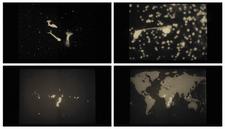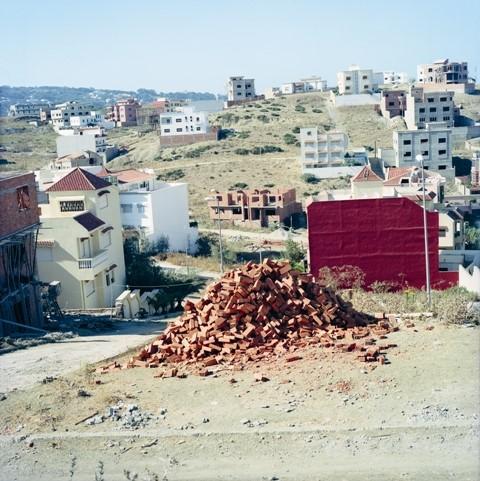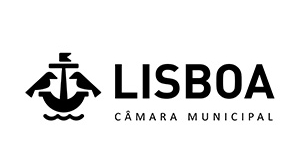Solo Exhibition _October 6 - November 18 2012
Opening October 6 from 5 pm - 9 pm
For the occation of the Shanghai Biennale, stage候台BACK is pleased to announce the first solo exhibition of Bili Bidjocka in mainland China. This exhibition includes performance, installation, video works, drawing and sculptures.
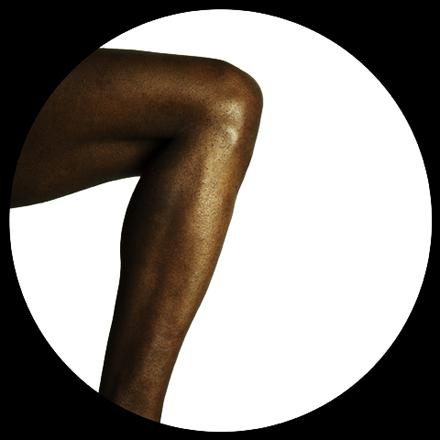 Bili Bidjocka. Dis-ambiguation#1, digital print on ceramic plate, 40cm diameter, 2012
Bili Bidjocka. Dis-ambiguation#1, digital print on ceramic plate, 40cm diameter, 2012
For over two thousand years, many artists have been inspired by The Last Supper, Christ’s last meal during which the son of God delivered his testament. There are thirteen people at the table, as if in a perfectly staged play. With ” …Do Not Take It, Do Not Eat It, This Is Not My Body… “ , the Cameroon artist is showing us some sort of anti-Last Supper. A secular proposal in which God, in his Judeo-Christian conception, is absent. The event, it is best to that expression than the word “show”, which doesn’t correspond to the theme at all, takes place in two stages. We could describe it as a diptych. On the one hand, it is a purely formal element: a bead curtain which, borrowing from the Leonard de Vinci painting, represents a sketch, an abstract projection, presenting us with an empty table. Christ and his apostles appear to have deserted their places and we are left to wonder if it is not primarily a temporal experience that we are facing. The table is empty as if it is enough in itself. As if it doesn’t matter if the meal took place before or after. It is up to us to fill the haunted void. This void, which we know represents the very essence of all spirituality: the omnipresence of absence. Absence as an impossible idealisation, absence as a grip that is lost forever and which will remain nothing but a memory. A naturally truncated memory since only our despairing determination convinces us that there is something to see. Absence as the symbol of a new epiphany.
This tableau’s counterpart is a lively and carnal scene (the word is used deliberately). A moment of physical presence, which the spectator is invited to look at. In this lively tableau, it is the meal, and not its abstraction, which marks the curtain’s counterpoint. The curtain, in its primary function, is reduced to a decorative element. A decorative element overdetermining that the performance will try to contradict by playing, not on the reference but on its contestation. The human becomes the centre of any possible realisation, and the display as a whole represents this part of the painting, which is so dear to the artist. Again, the meal itself is not the goal. Everything lies in the process. The long road leading to the final supper. There may be no supper. As in the curtain, we could have been invited to imagine the time before and the time afterwards. However, since the performance is the aesthetic and conceptual contradiction of the curtain, the spectator has the privilege of seeing that which cannot normally be seen, and will later say, as Rimbaud did, that they have seen, some times, that which man believes he has seen. This carnal moment, this moment of life, in the very sense of the term, undoubtedly holds the key to the riddle presented by the title of this moment. It depicts the age-old battle between God and humans.
This ontological experience, which combines the secular and the sacred whilst humanising concepts that have been lost, by dint of its meaning being mechanically repeated, reminds us that sharing, in its simplicity and spontaneity, is what makes humanity. A reminder which is greatly appreciated in these troubled times.
Written by Simon Njami, Paris 2012
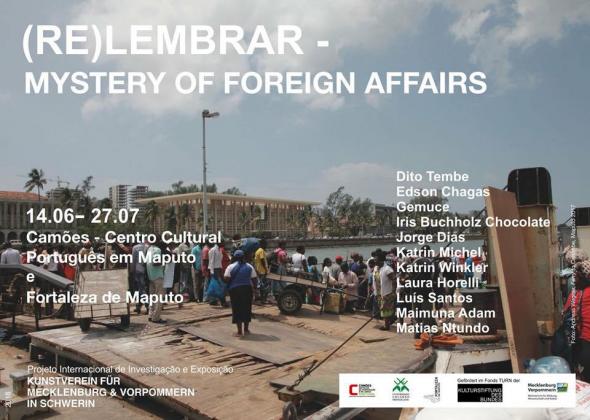
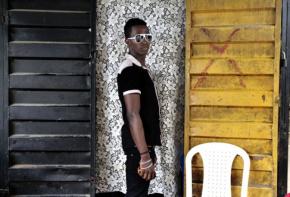 This act is set within the Dakar Biennale OFF program. In 38 out of 54 African countries homosexuality is illegal. The exhibition, curated by
This act is set within the Dakar Biennale OFF program. In 38 out of 54 African countries homosexuality is illegal. The exhibition, curated by 
